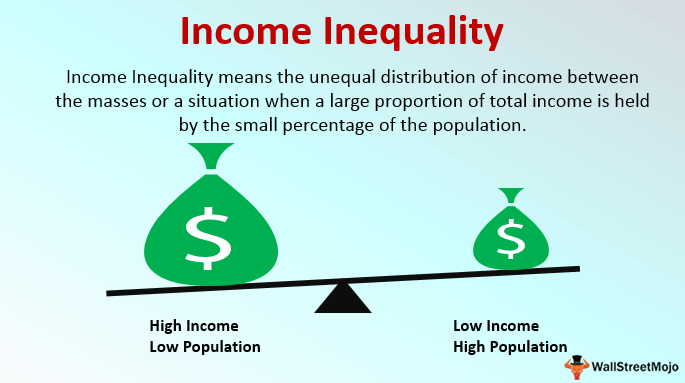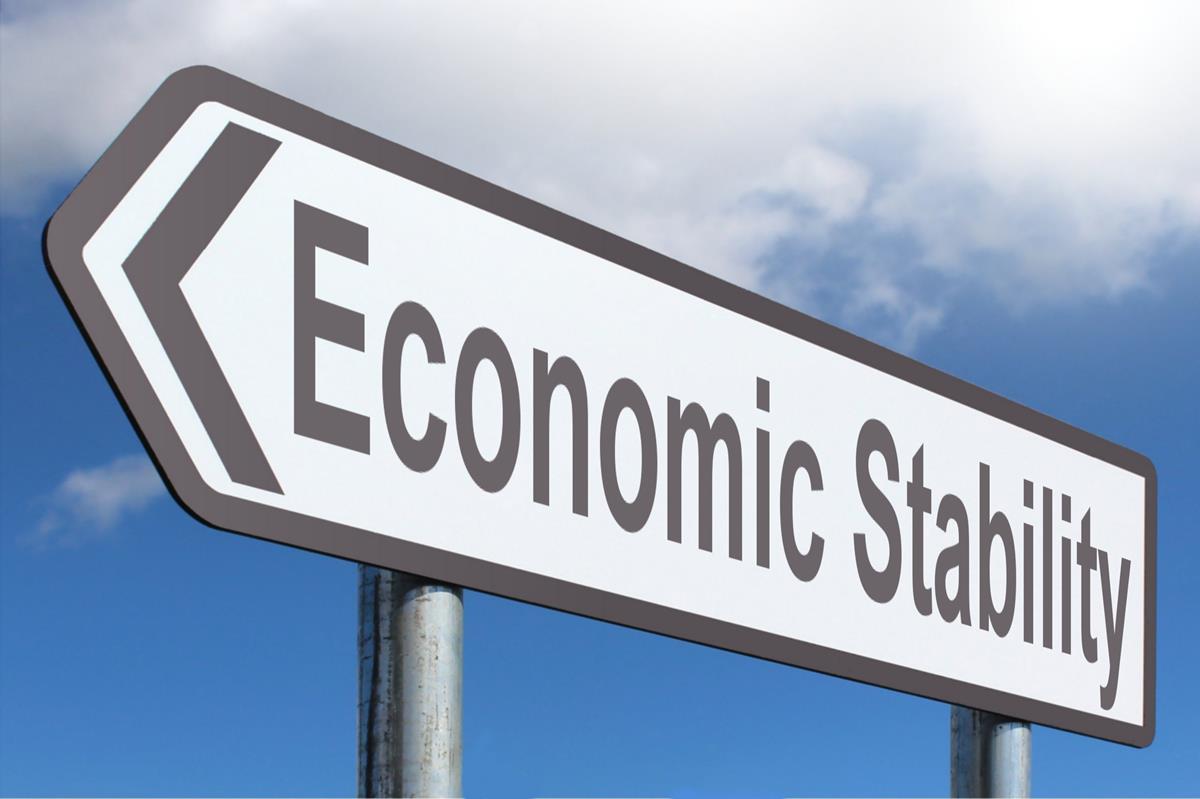SOSCO BUDGET 2022
Following the presentation of the 2022 Budget by the Minister of Finance, YB Senator Tengku Datuk Seri Zafrul Tengku Abdul Aziz on 29 October 2021, the Social Security Organization (SOCSO) welcomed the plan outlined by the Malaysian Government on efforts to strengthen the country's economy, especially those involving social safety net expansion initiatives. and the empowerment of active labor market programs. As an agency under the Ministry of Human Resources (MOHR), SOCSO will provide full support to the Government and is committed to implementing all Budget 2022 initiatives involving this agency. We are also confident that the essence of the budget themed "Malaysian Family, Prosperous" will benefit the people as a whole, in line with the reopening of more economic sectors by 2022(Chief Executive PERKESO 2021).Below are budget under SOSCO:
SOCSO PROGRAME AND INCENTIVE
1.Kasih Suri Keluarga Malaysia Program
With the inclusive spirit of the Malaysian Family, the Government through SOCSO will expand its social security coverage specifically for women among housewives through the Kasih Suri Keluarga Malaysia Program. The social protection network under the provisions of the Housewife Social Security Act will use the same approach as SOCSO's contributions imposed on other employees. In addition to empowering and defending the fate of housewives, this program also aims to protect them in the event of any disasters and untoward incidents.
2.SIP Targeted Wage Subsidy
The 2022 Budget also does not sideline efforts to rehabilitate the tourism sector which has been severely affected by the COVID-19 pandemic. Accordingly, a total of RM600 million has been allocated for the implementation of the Targeted Wage Subsidy Program. Under this initiative, tour operators who experience a decline in income of at least 30 per cent of total sales or monthly income can apply for this incentive. This subsidy assistance is expected to benefit a total of 26,000 employers involving 330,000 workers from this sector. Beginning in 2022, the Wage Subsidy Program will be rebranded as the Wage Subsidy SIP and in line with that, the Targeted Wage Subsidy Program will also be rebranded as the Targeted Wage Subsidy SIP.
3. SIP Job Seeking Allowance+
To assist and encourage unemployed individuals to find employment, the Government will continue to provide Employment Allowance (EMP) assistance under the SIP to SOCSO contributors and non -contributors. This initiative is an improvement to the SIP Prihatin 1.0 and SIP Prihatin 2.0 programs and is expected to benefit a total of 265,000 individuals who are actively seeking employment. These measures to improve the EMP incentives can also have a positive impact on the macro job market, thus helping to reduce the country's unemployment rate. Beginning in 2022, the expansion and continuation of this program will be rebranded using the name SIP Job Search Allowance+ or SIP EMP+ to replace the name SIP Prihatin.
SIP EMP+ assistance under Budget 2022 will be implemented as follows:
a. SOCSO contributors
Grant of allowance for a period of nine (9) months with a claimable rate of 80 percent of salary for the first month, 50 percent of salary for the second to sixth month and 30 percent of salary for the last three (3) months. Employees who lost their jobs in 2021 who are still unemployed are also eligible to receive an additional allowance for 3 months under SIP EMP+.
b. Not a SOCSO contributor
Allowance of RM300 per month for a period of 3 months. An additional allowance of RM400 will be paid directly to applicants successfully placed into employment.
4.Increase in the Salary Limit for Contributions and the Minimum Rate of Disability Scheme Pension
Concerned with the plight of the people who lost their breadwinners in the family as a result of COVID-19, an allocation of RM267 million will be given to SOCSO to improve its operations involving the contribution rate and benefits offered. Among them is to increase the ceiling of the insured monthly salary from RM4,000 to RM5,000, which will involve a total of 9 million SOCSO contributors nationwide. In addition, the minimum rate of Retirement Pension paid to eligible Dependents will be increased from RM475 per month to RM550 per month or approximately 15.8 percent increase from the existing rate. The move will benefit as many as 56,000 households. This initiative will be followed by the coordination of other SOCSO benefits, in line with the rising cost of living and is expected to benefit more than 400,000 existing beneficiaries.
5. SPS Khidmat, SPS Gig, SPS Usahawanita, SPS Tani, SPS Jaja, SPS Seni, SPS Lain Upaya, SPS Lancong and SPS Orang Asal
The 2022 Budget also clearly shows the Government's concern in protecting its own workers and the informal sector. Thus, the Government through SOCSO will implement the Full Grant Program or Self -Employment Social Security Scheme (SKSPS) Contribution Matching Program to continue efforts to expand social protection coverage under SOCSO. The expansion through this initiative is expected to benefit more than 810,000 employees including artists, fishermen and travel agents with a contribution value benefit of up to 80 per cent. Starting in 2022, the SPS Lindung program will be rebranded and broken down into nine (9) categories of Self -Employed Persons (OBS) covered, namely SPS Khidmat, SPS Gig, SPS Usahawanita, SPS Tani, SPS Jaja, SPS Seni, SPS Lain Upaya, SPS Lancong and SPS Orang Asal.
Impact SOSCO budget during pandemic
In an effort to realize the Government's intention to ensure the provision of 600,000 job opportunities in 2022, a total of RM2 billion has been allocated to SOCSO to implement the Employment Guarantee - Employment Incentive (JKIP) under our Employment Insurance System. The Employment Insurance System or SIP for short is one of SOCSO's products that aims to help workers who have lost their jobs to get financial assistance and new jobs. We are targeting 300,000 jobseekers nationwide to receive the benefits of this recruitment assistance. The implementation of these incentives will stimulate more job creation by employers, as well as encourage the participation of more focus groups such as people with disabilities (PWDs), prisoners, ex -servicemen and indigenous people as well as women to return to work. These incentives are also expected to create more sustainable employment opportunities through the extended incentive period.
Through JKIP, employers who employ individuals who are not actively working will receive an incentive of 20 percent of the monthly salary for the first six (6) months and 30 percent for the next 6 months subject to employment with a salary of RM1,500 and above. For the vulnerable, employers are eligible to receive an incentive of 30 percent for the first 6 months, before being increased to 40 percent for the next 6 months, subject to employment with a salary of between RM1,200 to RM10,000. The same incentive rate will also be extended for the recruitment of women who have been unemployed for more than a year, single mothers and housewives.
As a continuation of the success of the previous Apprenticeship program, JKIP will continue to provide incentives of RM900 per month for a period of 6 months to employers who employ school leavers and graduates aged 18 to 30 years. This involves an increase in incentives of RM100 per month from RM800 previously in the 2021 Budget. Starting in 2022 as well, the program will be rebranded as SIP Apprenticeship. Along with the development of the gig economy, JKIP also provides an incentive of RM900 per month for 6 months to individuals involved in gig work. These incentives will continue to benefit vulnerable groups and individuals experiencing job loss to engage in gig employment so that they can obtain full -time employment. Beginning in 2022, the program will be rebranded as SIP Gig to replace the KerjayaGig Program name.
To provide social protection to housewives and widows through the EPF and Social Security Organisation (Socso), Tengku Zafrul(2021) said the government has provided RM80 million under the Kasih Suri Keluarga Malaysia Programme where they will gain the benefits until the age of 55,This year, he said the government had expanded the coverage of national social protection under SOSCO to also contribute to its own employees and the informal sector. For next year, this initiative will be continued with a contribution value of 80 per cent and its benefits will be extended to nine new categories of the self-employed which include farmers, fishermen, hawkers, artists, travel agents and community rehabilitation workers.
This initiative is expected to benefit more than 810,000 self-employed people, adding that Putrajaya would also continue the Job Search Allowance to both SOCSO contributors and non-contributors. To further encourage private employees to contribute to SOCSO and protect those who lost their jobs, the tax relief limit is increased from RM250 to RM350 and the scope of relief for SOCSO contributions will also be expanded to cover employee contributions through the Employment Insurance System(Chief Executive SOSCO 2021).
For retirees, the government planned on increasing the minimum pension rate under the Disability Scheme (Skim Keilatan) from RM475 to RM550 which would benefit 56,000 households. This initiative, he said, is entailed by an adjustment of SOSCO benefits to the cost of living which is expected to benefit over 400,000 existing recipients. It would also involve additional Socso b




